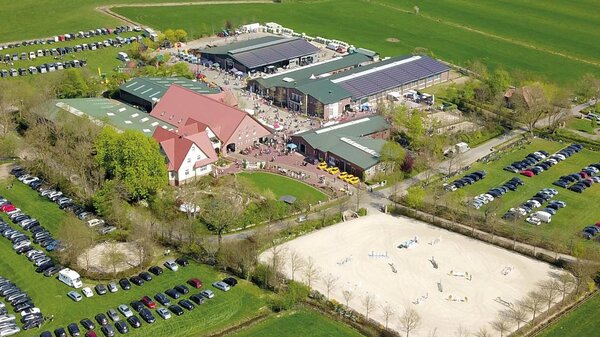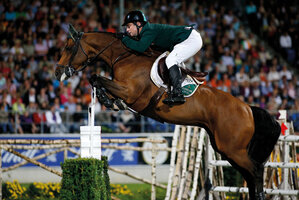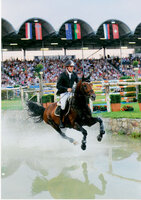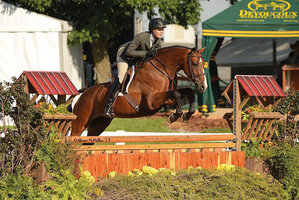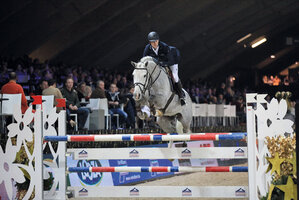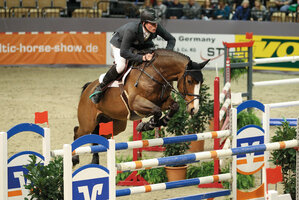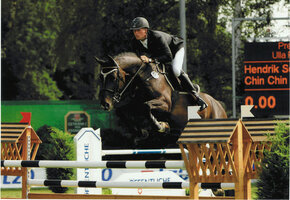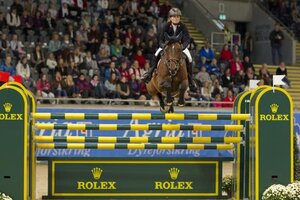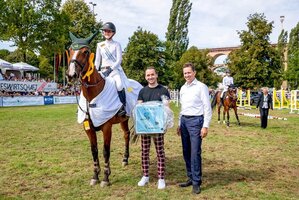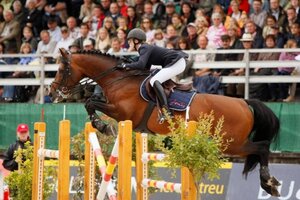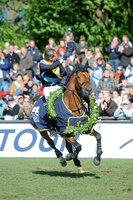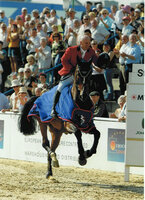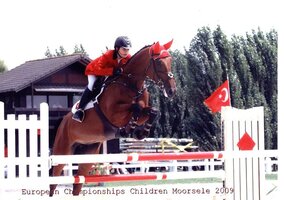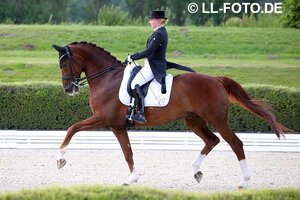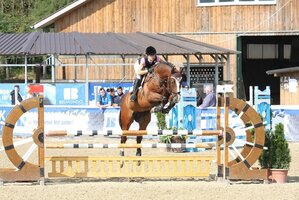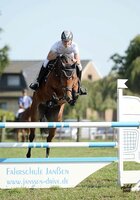Team Sosath


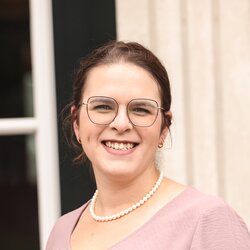











Successful horses
Philosophy
"Hof Sosath" or "Stallion Station Gerd Sosath" is a premium stallion stable and sales barn situated in Lemwerder, Germany (Northwest Germany, near the Weser River). At our stable, we aim to produce well-educated and talented horses for international Grand Prix riders and amateur riders alike. We strive to partner our clients with the ideal horse to fit their riding ability, experience, height and other personal preferences, in order to find the best match for horse and rider. We also offer a variety of young prospect horses for jumpers, hunters, equitation and dressage; as well as semen from over 30 stallions, available locally or internationally.
"Breeding and Sport together in One Place"
Our philosophy and slogan, "breeding and sport in one place", runs through all activities on the property, connecting the breeding, raising, educating and showing of our horses. This fluidity gives each horse a solid and positive upbringing; something we believe to be quintessential in the making of a champion. To stay true to this philosophy, we aim to work individually with each horse from the very beginning; carefully choosing the best stallion for each of our broodmares; attentively watching after our foals during their birth and first years of life; conscientiously introducing them to the halter, bridle, saddle and rider; and later, thoughtfully training and competing them at shows.
Breeding with Character
We offer a wide spectrum of modern jumping and dressage stallions out of both proven German lines, and other interesting international bloodlines. We work with our stallions every day, so we have extensive knowledge of their individual character and physical traits. We have also seen first-hand the offspring from previous year(s) and have assessed the dominant genes of each stallion, allowing us to be quite confident when suggesting the best stallion to meet the needs and wishes of each breeder. Some stallions connected to our more than 20-year-old breeding program include Landor S, Lordanos, Stedinger, Quality, Ampère, Levisonn, Ludwig von Bayern, Casino Berlin, Casiro and Cador. For a full list, please visit the link "Stallions" on our website.
Breeding Stallions at Competitions; Engaged in all aspects of Sport
Sport means showing not only our studs' offspring, but also the sires themselves. We believe that in addition to an impressive performance at special stallion shows, breeding stallions should be able to prove their skills at national and international competitions. Competitions require the stallions to repeatedly demonstrate their rideability, intelligence, willingness to work and perform, Quality of movement and (for jumpers) technique, carefulness and scope. This allows individuals to learn and follow the history and true characteristics of our stallions, a recognition that we believe makes selling their offspring easier and more profitable for our breeders.
Proven Success
Our dedication to meticulous breeding and sport has proven incredibly successful for our stable. Several international riders have put their trust into horses out of our stallions, many of whom were bred, raised and trained by our team. Internationally successful horse-and-rider combinations connected to our stable include: Cian O'Connor (IRE) and Blue Loyd, by Landor S (London olympics, individual jumping bronze medalist); Jonathan Miller (CAN) and Contino (World Equestrian Games, Kentucky); Nayel Nassar (EGY) and Lordan by Lordanos x Landor S (winner of $1Mio classes); Rodrigo Pessoa (BRA) and Let's Fly, by Lordanos; and Philipp Weishaupt and Leoville, by Landor S. Countless amateurs in Germany and around the world are also happy and successful with horses from our stallions and/or raised and trained by our team here in Lemwerder.














